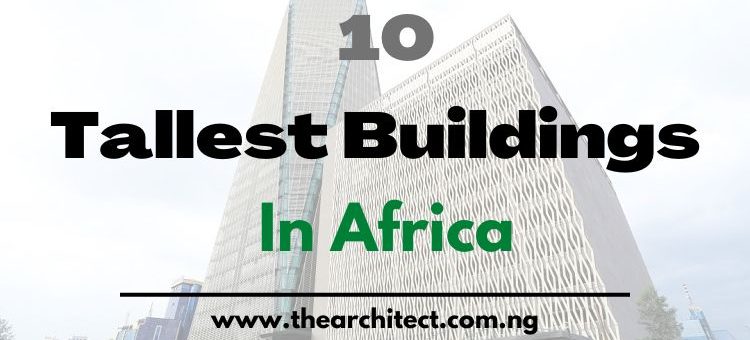
The Top 10 Tallest Buildings in Africa
- Posted by Ikenna N.
- On July 11, 2025
- 0 Comments
- Africa, Buildings, Construction
The tallest buildings in Africa stand as impressive testaments to the continent’s rapid urbanization and architectural innovation. These towering structures redefine the skylines of African cities, showcasing the region’s economic growth and modernization. From the iconic Leonardo in Johannesburg, South Africa, reaching a staggering height of 234 meters, to the historic Carlton Centre with its 223-meter frame.
Africa, a continent known for its diverse cultures, rich history, and breathtaking landscapes, is also home to some impressive architectural marvels. Over the past few decades, Africa has seen rapid urbanization and economic growth, leading to the construction of numerous skyscrapers that define its modern skyline. These buildings encapsulate the evolving urban landscapes.
The Hassan II Mosque in Casablanca, Morocco, blends spiritual significance with architectural splendor, its 210-meter minaret a symbol of both faith and advancement. These tallest buildings in Africa not only provide functional spaces for commerce, residence, and worship but also symbolize Africa’s aspiration to reach new heights on the global stage.
TheArchitect has set out to explore the top 10 tallest buildings in Africa, showcasing the continent’s commitment to innovative design and urban development. This ranking of the tallest buildings in Africa is based on CTBUH’s uniform height measurements of African structures that are at least 120 meters (394 feet) tall. This includes architectural elements like spires but excludes components like antenna masts and minarets.
Table of Contents
List of The Top 10 Tallest Buildings in Africa
1. Iconic Tower (393 meters) – Egypt
![]()
The Iconic Tower is a supertall skyscraper in the New Administrative Capital of Egypt. With a total structural height of 393.8 meters (1,292 ft), it is already the tallest building in Africa. It will have 77 floors, mostly for office use. It is one of 20 towers being built as part of the central business district in the new capital city. The total area of the tower exceeds 241,000 m2 (2,590,000 sq ft).
2. Djamaa el Djazaïr (The Great Mosque of Algiers) – 2nd of the Tallest Buildings in Africa (265 meters) – Algeria
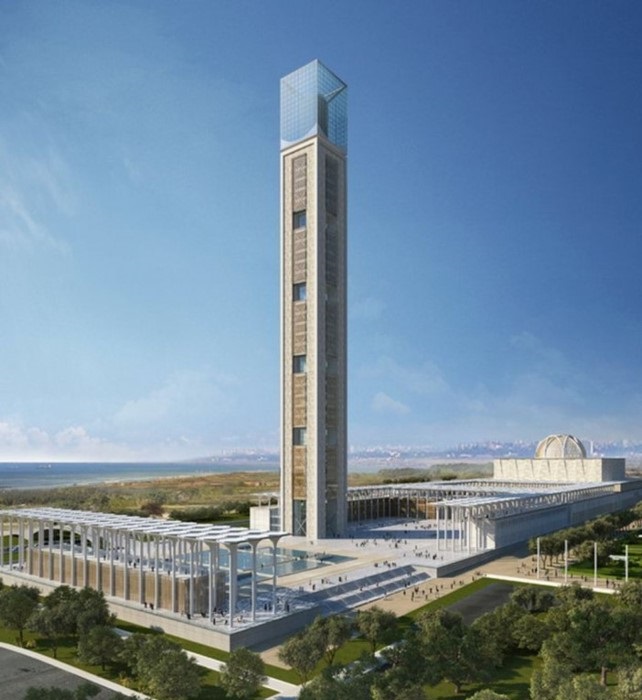
The Great Mosque of Algiers (French: Grande mosquée d’Alger), also known as Djamaa el Djazar (Arabic: ), is a massive mosque situated in Algiers, Algeria. It is the third-largest mosque in the world after the Great Mosque of Mecca and Al-Masjid an-Nabawi in Medina, Saudi Arabia. It has the tallest tower in the entire globe.
The mosque has a prayer room or salat, that is 20,000 m2 (220,000 sq ft) in size and can hold 120,000 worshipers. A dome with a diameter of 50 meters (160 feet) and a height of 70 meters (230 feet) tops the room. The mosque also has a 265 m (869 ft) tall minaret, which makes it the second tallest building in Africa.
3. The Leonardo (234 meters) – South Africa
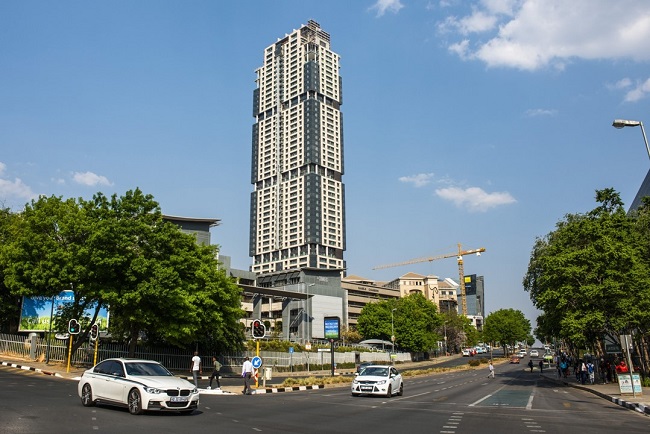
The Leonardo is a 55-floor mixed-use property development in Sandton, Johannesburg, South Africa. It has a height of 234 meters (768 feet), making it the third-tallest structure in Africa and the tallest structure in South Africa and sub-Saharan Africa.
The Leonardo is located in the heart of Johannesburg’s financial district and was completed in 2019. This skyscraper features luxury apartments, office spaces, retail outlets, and a hotel. Its distinctive architectural design and glass façade make it an iconic landmark on the city’s skyline.
4. Carlton Centre (223 meters) – South Africa
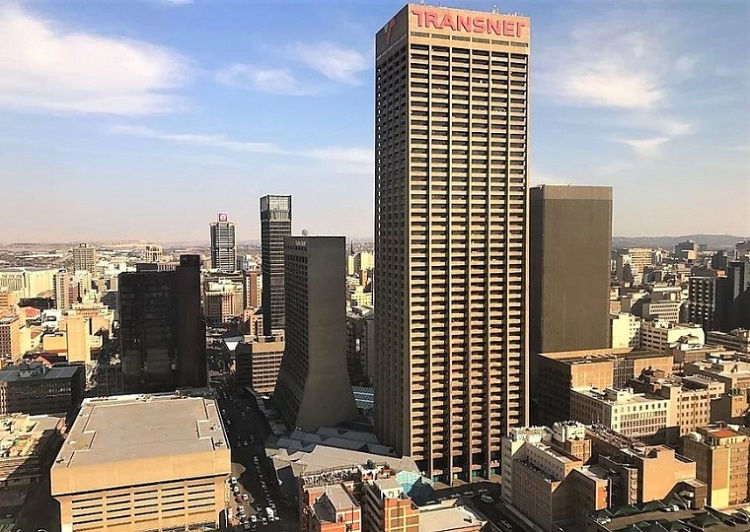
The Carlton Centre is a 50-story skyscraper and shopping center located on Commissioner Street in central Johannesburg, South Africa. It is the fourth-tallest structure in Africa at 223 meters (732 feet), behind The Leonardo (also in Johannesburg), and the Iconic Tower in Egypt.
The two buildings in the complex have foundations that are 5 m (16 ft) in diameter and that stretch 15 m (49 ft) to the bedrock, which is 35 m (115 ft) below the level of the street. The building has approximately 46% of its floor area below ground level and comprises both offices and retail spaces. It was completed in 1973.
5. Commercial Bank of Ethiopia Headquarters (209 meters) – Ethiopia
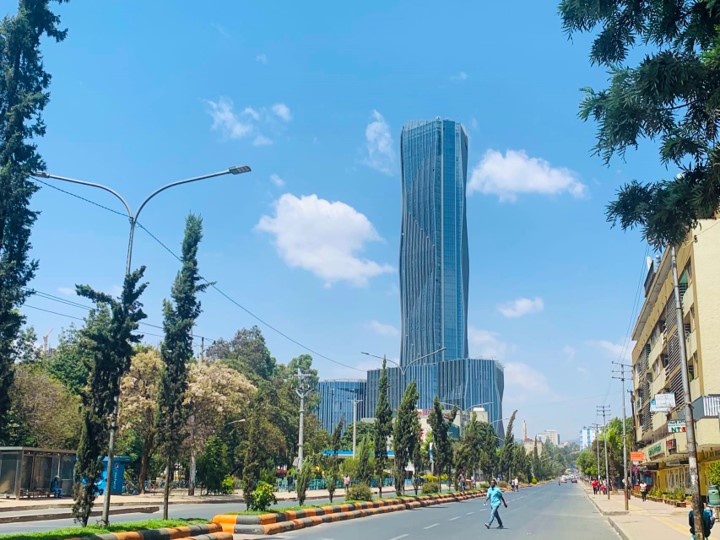
The CBE Tower, located in Ethiopia’s capital city of Addis Ababa, comes in at number five. The Commercial Bank of Ethiopia’s central office, which has 1795 branches, is housed as the tallest structure in East Africa at a height of 209 meters (685 feet), with a total of 53 floors.
Construction by the China State Construction Engineering Corporation (CSCEC) was dedicated by Ethiopian Prime Minister Abiy Ahmed. With a total area of 165,476 square meters, it also has a wide range of uses for the general public, including a shopping mall, a movie theater, a gym, restaurants, cafeterias, exhibition spaces, and more. In addition, it is a tower in and of itself.
6. Britam Tower (200.1 meters) – Kenya
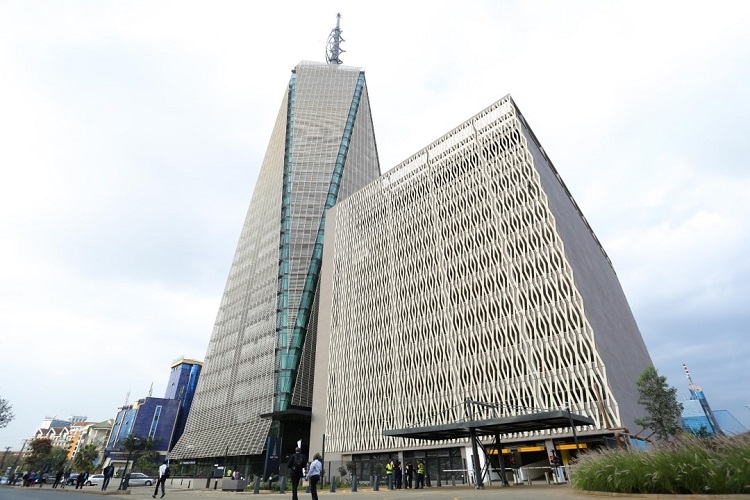
The Britam Tower is a commercial building in Nairobi owned by British-American Investments Company (Britam). The skyscraper, the tallest building in Kenya, rises 195 meters (640 ft) above ground, with 32 usable floors. The building features a unique prismatic shape, that starts as an equal four-sided square footprint and ends with a two-sided roof with a 60-meter (197 ft) mast, containing three helical wind turbines.
7. Nairobi GTC Office Tower (184 meters) – Kenya
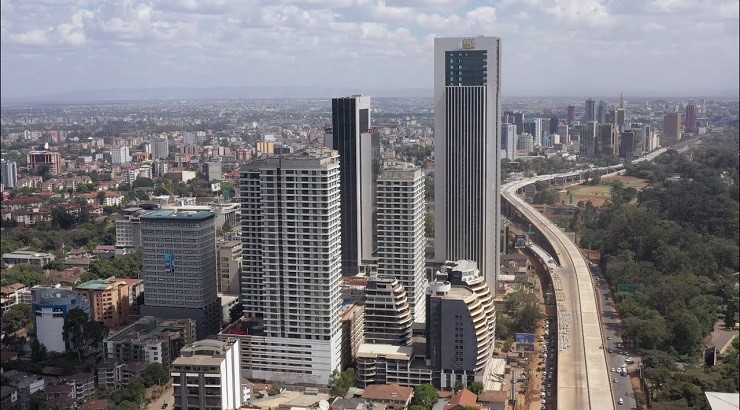
The tallest of the skyscrapers at the Global Trade Centre in Nairobi, owned by global holding company Avic International, is the Global Trade Centre Office Tower (GTC Office Tower). The skyscraper, which has 42 floors and is 184 meters (604 feet) tall, is the second-tallest structure in Kenya after the Britam Tower. Contrary to the Britam Tower, it has the highest occupancy rate.
8. Ponte City Apartments (173 meters) – South Africa
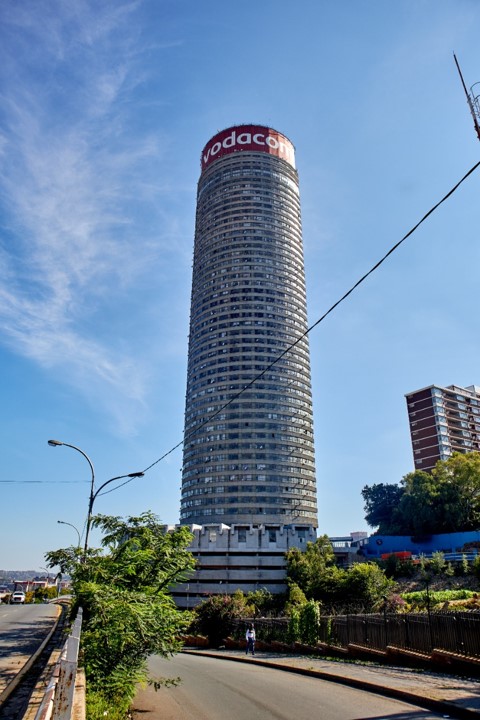
Ponte City Apartments is an iconic cylindrical building that stands as a symbol of Johannesburg’s urban history. Originally constructed as luxury apartments, it has experienced a variety of transformations over the years. Today, it offers mixed-use accommodation, commercial spaces, and leisure facilities.
With a height of 173 m (567.6 ft), it is the tallest residential skyscraper in Africa. Construction began on it in 1975. The cylindrical 55-story structure has an open center that lets more light into the units. It rises above an uneven rock floor and is referred to as “the core” in the center space.
9. UAP Tower (163 meters) – Kenya
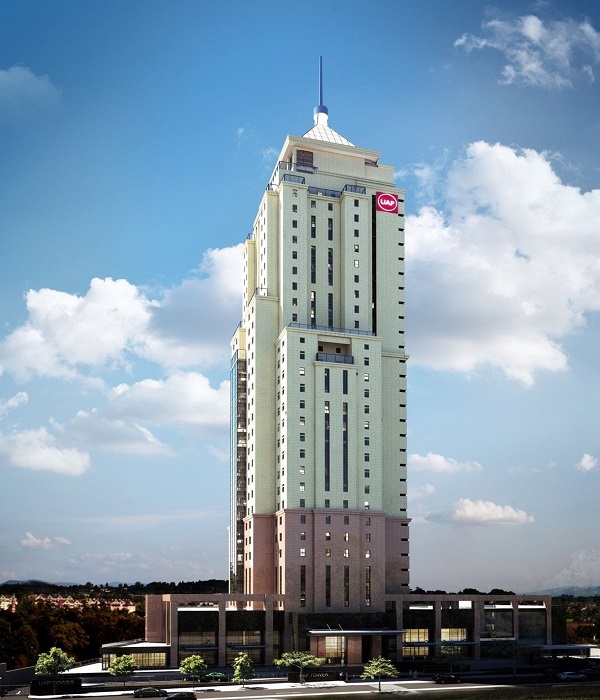
The UAP Tower, located in the vibrant city of Nairobi, is a symbol of Kenya’s economic progress. Completed in 2016, the building hosts offices, retail spaces, and a luxury hotel. Its sleek and contemporary design contributes to the evolving skyline of Nairobi’s central business district. It is a 33-story office complex in the Upper Hill neighborhood of Nairobi, the capital and largest city in Kenya. It became the tallest structure in Kenya upon its completion in 2015, surpassing Times Tower which had held that record for 15 years.
10. NECOM House (160 meters) – Nigeria
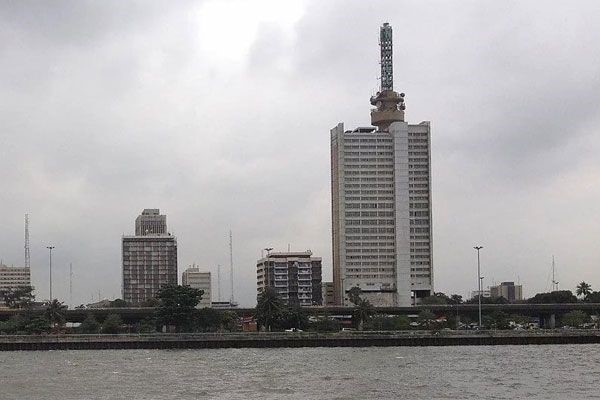
NECOM House, also known as NITEL Tower, is one of Nigeria’s most recognizable skyscrapers. Completed in 1979, it has served as a symbol of Lagos’ commercial prominence. The building houses office spaces and communication facilities, showcasing Nigeria’s technological advancements. It stands tall a 160 meters and comprises 32 floors.
These are the top 10 tallest buildings in Africa. There are several more buildings that stand tall at staggering heights. These include the following listed below.
Pearl Dawn – Durban, South Africa
**Height:** 152 meters (499 feet)
**Floors:** 31
Marble Towers – Johannesburg, South Africa
**Height:** 152 meters (499 feet)
**Floors:** 32
South African Reserve Bank Building – Pretoria, South Africa
**Height:** 150 meters (492 feet)
**Floors:** 38
Conclusion
In conclusion, Africa’s skyline is rapidly changing, with a focus on innovation, functionality, and aesthetics. There are several other buildings under construction within the African continent, that when completed, will affect the hierarchy of this list. These top 10 tallest buildings in Africa showcase the continent’s growth, urban development, and architectural prowess. As African cities continue to evolve, it is likely that even more impressive skyscrapers will grace their skylines, further enhancing their global prominence.


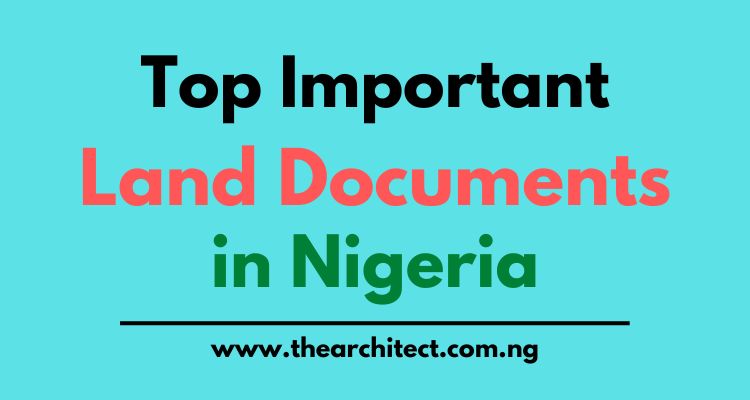


0 Comments